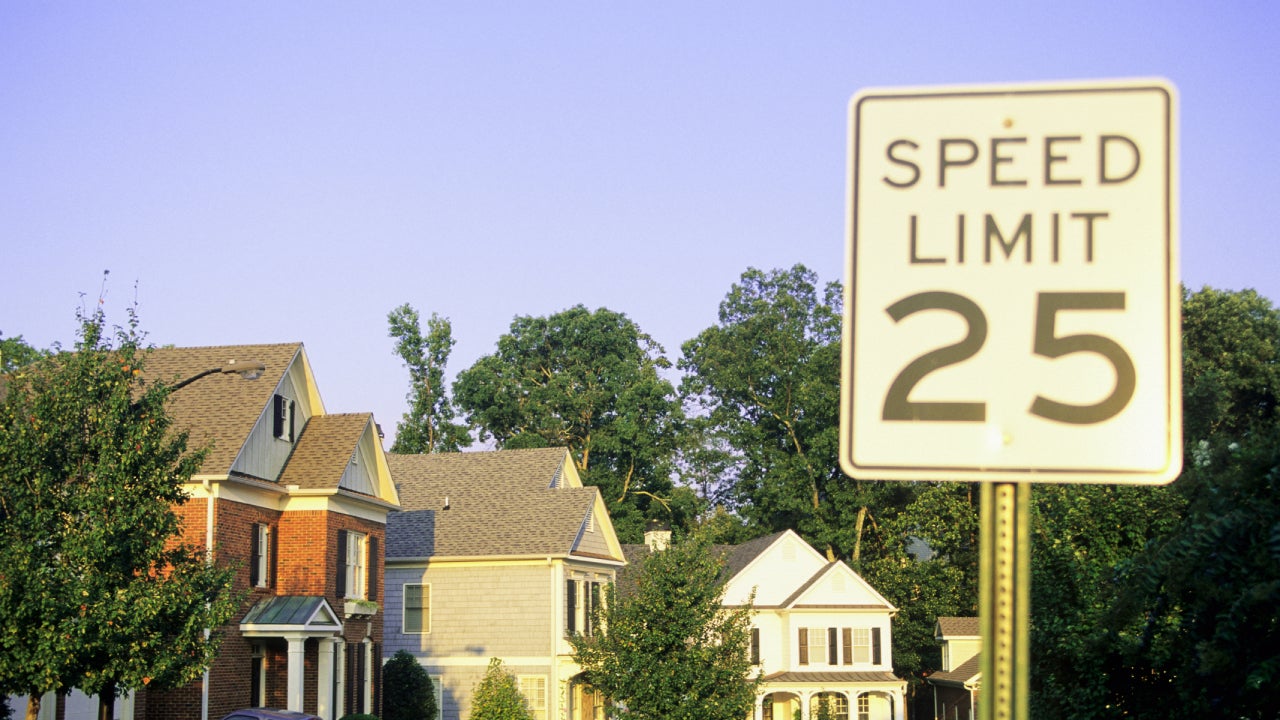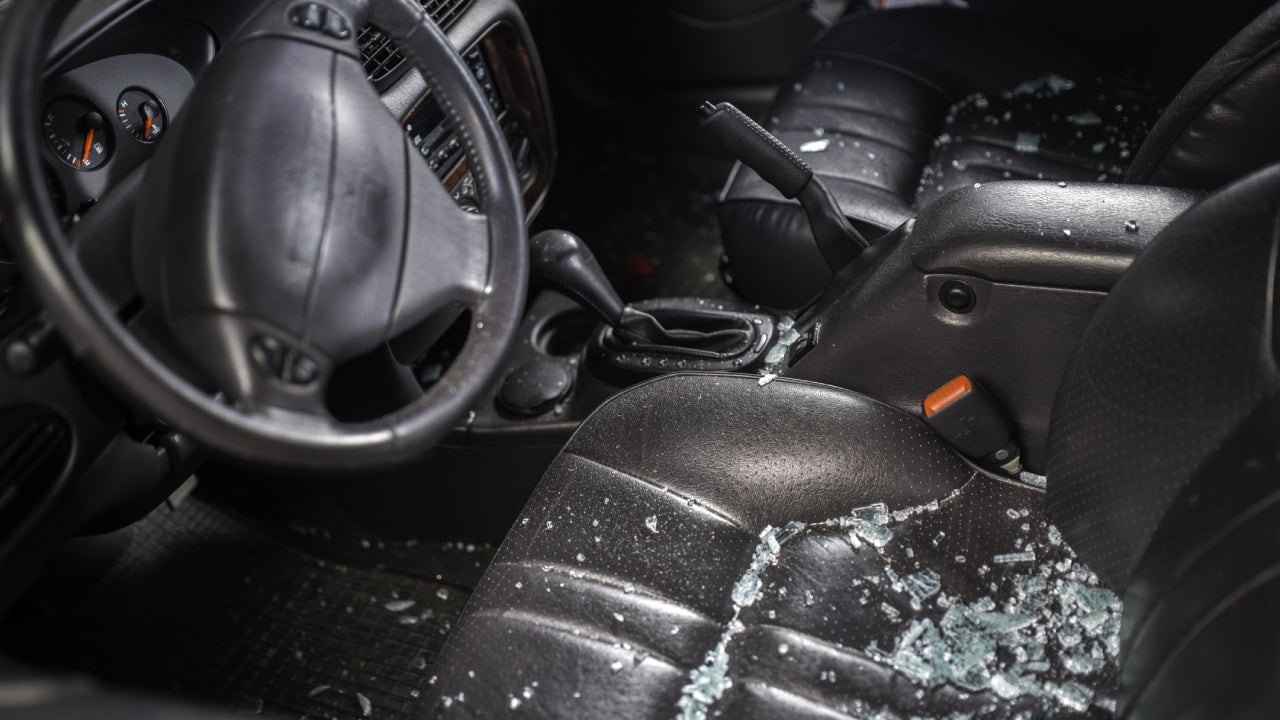Does a lapse in coverage affect your car insurance rates?

Maintaining continuous auto coverage can help keep your premiums low. However, you may find yourself in a situation where your car insurance has lapsed. Rectifying the lapse in car insurance as soon as possible can help give you peace of mind and financial protection in the event of an accident. Oftentimes, lapses in car insurance coverage are unintentional. If you find yourself in a situation where your car insurance has lapsed, there are steps you can take to get coverage once again.
What is a lapse in insurance?
A lapse in insurance coverage happens when you neglect to pay your premiums, when your insurer cancels your policy or if you are switching between two policies and cancel your existing cover before your new policy goes into effect. An insurance lapse can be as brief as a day or could last longer, depending on your situation.
Regardless, avoiding a car insurance lapse can save you from countless headaches. If you’re involved in a car accident without car insurance, you may be liable for paying damages and medical bills out of pocket. You may also incur fines or other penalties, such as the suspension of your driver’s license or increased expenses from your lienholder if your insurance coverage lapses and you have a vehicle.
If you do not own a car, you may think you do not need insurance. However, keep in mind that car insurance can help you pay for costs associated with a car accident if you drive at all. Non-owner car insurance, for instance, helps to protect your finances when you are behind the wheel. This inexpensive option is available from many major insurers and can help you avoid a lapse. For example, it may be a good option if you sell your car and want to take your time finding a new one.
How a lapse in coverage affects car insurance rates
If you have a lapse in coverage, your car insurance company may perceive you as a higher-risk driver – and may charge you more as a result. Policyholders with a lapse in car insurance pay an average of $602 per year for minimum coverage car insurance, which is almost $60 more than the national average. Those with full coverage pay an average of $1,949 annually, nearly $200 more than average.
Average annual minimum coverage premium for a lapse in coverage
| Before a lapse in coverage | After a lapse in coverage | |
|---|---|---|
| National average | $545 | $602 |
Average annual full coverage premium for a lapse in coverage
| Before a lapse in coverage | After a lapse in coverage | |
|---|---|---|
| National average | $1,771 | $1,949 |
Typically, those with gaps in their insurance pay around 10 percent more for their coverage. It’s also possible for your insurer to decline to reissue your coverage after a lapse. In this case, you would have to find a new policy with a new carrier. Since your insurer is required to report your lapse to your state’s DMV, any new insurer will know about it and may charge you higher premiums as a result.
What to do if you have a lapse in coverage
The first thing to know about having a lapse is that dealing with it immediately may give you peace of mind and help you reach an ideal outcome. Your car insurance company may even have a short grace period in which your premiums will not increase for lapsed coverage.
Once you realize your policy has lapsed, taking the following steps may help you get back on track:
- Call your insurance agent. It’s best to confirm with your insurer if a lapse has occurred or if you are just overdue on your payment. You might be able to pay your overdue payment over the phone and avoid a lapse.
- Many insurers offer a grace period. Typically, this grace period is a period of time in which your premiums will not increase due to a lapse in coverage. You may want to ask your insurer if you’re able to take advantage of this option.
- Set up a new policy. If you are not successful in reinstating your policy, you’ll likely want to begin the search for a new insurance policy as soon as possible.
- Avoid driving. You’ll likely want to refrain from driving and seek alternate forms of transportation until you have successfully obtained a new insurance policy during a lapse period. In addition to the risk of paying out of pocket for hitting someone, driving without proper insurance may lead to a suspended license and having to obtain an SR-22.
Cheap car insurance companies after a lapse in coverage
Although you might experience an increase in premium after a lapse, you may still be able to find an affordable policy. Bankrate’s insurance editorial team has proprietary access to rate data provided by Quadrant Information Services and based on our extensive analysis, USAA, Geico and Travelers may be the cheapest car insurance companies after a lapse in coverage.
Even after a lapse, many of the cheapest car insurance companies offer yearly premiums under the national average, as demonstrated in the tables below. Do keep in mind, however, that how much you pay for car insurance may vary depending on other rating factors — your location and the type of vehicle you drive, for example.
Cheapest minimum coverage car insurance after a lapse in coverage
| Company | Average annual minimum coverage premium before a lapse | Average annual minimum coverage premium after a lapse | Average increase due to lapse of insurance |
|---|---|---|---|
| USAA | $354 | $374 | 6% |
| Geico | $365 | $391 | 7% |
| Travelers | $477 | $533 | 12% |
| State Farm | $456 | $541 | 19% |
| Farmers | $550 | $595 | 8% |
Cheapest full coverage car insurance after a lapse in coverage
| Company | Average annual full coverage premium before a lapse | Average annual full coverage premium after a lapse | Average increase due to lapse of insurance |
|---|---|---|---|
| USAA | $1,209 | $1,290 | 7% |
| Geico | $1,297 | $1,371 | 6% |
| Travelers | $1,447 | $1,629 | 13% |
| Farmers | $1,524 | $1,657 | 9% |
| State Farm | $1,397 | $1,659 | 19% |
How to prevent a lapse in car insurance coverage
It’s best to prevent lapses if you know one is possible. For instance, if you plan to be out of the country for a time, call your company. If your car is going to be in storage, you may be able to switch to a simple policy with just comprehensive coverage while you’re away that could maintain your coverage and offer a reduced premium.
To avoid unexpected lapses, you may want to set up a system to remind yourself when your premium is due. If you are switching from one policy to another, you may want to double-check that there’s no time unaccounted for between the ending of the old policy and beginning of the new one.
If you expect to stop driving entirely, you’ll need to contact your insurance company to cancel your policy. You may also want to call your DMV to find out if there are any state requirements that you’ll need to handle first, such as handing in your license or canceling your registration. Many states allow you to retain your license as a means of identification; others offer non-drivers licenses that can be used in the same way.
How to maintain auto coverage
If you are struggling financially and finding it difficult to pay your insurance premiums, don’t despair. Here are a few ways to decrease your insurance prices and make your coverage more affordable:
- Shop around for quotes. You may be surprised at the premium differences from one insurer to another. Comparing car insurance quotes from multiple providers can help you find the lowest price for you. You may also want to speak with an independent or exclusive insurance agent who can help you make sure you’re choosing a provider with the right policy types for you.
- Consider lowering your policy limits. Each state has a minimum liability requirement, but if you’re paying for more coverage than that, you can decrease your limits, and your premiums should go down. If you decide to decrease your limits, note that lower coverage limits come with additional financial risk.
- Look for discounts. Most major insurers offer a handful of discounts, and some are easy to earn. For example, many insurers offer discounts for paying premiums online or setting your payments up on a recurring schedule. These discounts should help reduce your premium. You might also consider enrolling in a usage-based telematics program that can usually offer substantial savings for safe driving habits.
- Reevaluate your coverage types: If you have coverage that overlaps with other products, there may be an opportunity to adjust your auto insurance coverage. For example, if you have roadside assistance coverage elsewhere, it may be worth removing this coverage from your policy. It is crucial to speak with a licensed agent beforehand, though, to avoid any unforeseen gaps in coverage.
Frequently asked questions
-
-
The best car insurance company for you will depend on your individual characteristics and policy preferences. To find the best auto insurance for your own circumstances, you may want to start by generating quotes from some of the best car insurance companies available.
-
Whether or not a short lapse increases your insurance premiums depends on your insurer and the reason for the lapse. You may get the best results if you handle the situation immediately, so your insurer can see that you’re making a good-faith effort to rectify the situation.
-
If that happens, you will want to search for a new policy quickly. Insurance lapses get reported to the DMV, so any insurer you query may know about your lapse. Shopping around and getting multiple quotes might be the best way to find a competitive insurance rate.
-
The average cost of full coverage car insurance in the United States is $1,771 per year. However, rates vary by state. The cheapest state for car insurance is Maine, where drivers pay an average of $876 per year for full coverage insurance. The most expensive state for car insurance is New York, where the average driver pays $2,996 per year for full coverage insurance.
-
-
Bankrate utilizes Quadrant Information Services to analyze 2022 rates for all ZIP codes and carriers in all 50 states and Washington, D.C. Rates are weighted based on the population density in each geographic region. Quoted rates are based on a 40-year-old male and female driver with a clean driving record, good credit and the following full coverage limits:
- $100,000 bodily injury liability per person
- $300,000 bodily injury liability per accident
- $50,000 property damage liability per accident
- $100,000 uninsured motorist bodily injury per person
- $300,000 uninsured motorist bodily injury per accident
- $500 collision deductible
- $500 comprehensive deductible
You may also like

How a speeding ticket impacts your insurance in Georgia

How a speeding ticket impacts your insurance in Texas

Does car insurance cover vandalism?

Does annual mileage affect car insurance?



